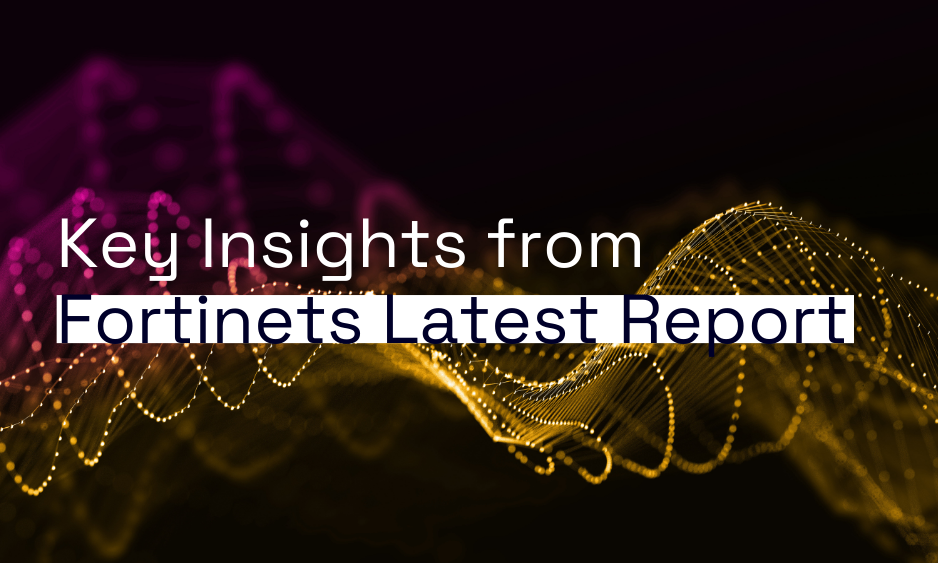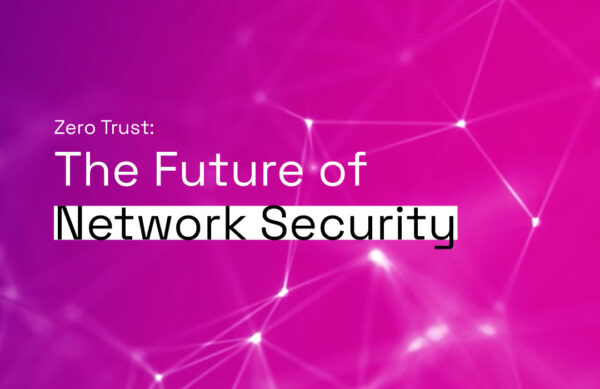In the latter half of 2023, the cyber threat environment has continued to evolve with increasing complexity and sophistication, impacting a broad range of industries worldwide. Fortinet’s latest Global Threat Landscape Report provides an in-depth analysis of these changes and offers crucial insights for businesses seeking to enhance their cybersecurity.
Read on to explore our eight key takeaways from this report, or to access the full report from Fortinet, click HERE.
- Rise of Sophisticated Cyberattacks: The report notes a significant increase in complex cyberattacks targeting essential infrastructures and large-scale entities. For example, attacks on supply chain networks have shown that vulnerabilities in one vendor can lead to compromised security across all connected parties. This interconnectedness makes robust cybersecurity measures critical for protecting not just individual companies but entire ecosystems.
- Challenges in Cybersecurity Talent: With the demand for skilled cybersecurity professionals outstripping supply, organizations face challenges in securing their operations. A case in point is the growing reliance on remote work, which expands the attack surface and necessitates diverse cybersecurity expertise that many companies find difficult to cultivate internally.
- Endpoint Vulnerabilities and Exploit Speeds: The stability in the number of endpoint vulnerabilities contrasts with the swift exploitation of new threats, underscoring the race between threat actors and defenders. For instance, the quick adaptation of ransomware to exploit newly disclosed vulnerabilities highlights the need for timely patch management and proactive threat detection systems.
- Focus on IoT and Industry-Specific Threats: Over 40% of ransomware and wiper attacks have targeted the industrial sector, including operational technology (OT). The 2023 attack on a major utility provider, which led to widespread service outages, exemplifies why industries that rely heavily on IoT devices must prioritize securing these systems.
- Advanced Persistent Threats (APTs): APT groups continue to pose a significant threat by using sophisticated methods to infiltrate and dwell within networks unnoticed. The persistence and stealth of these groups, as seen in the SolarWinds breach, illustrate the sophisticated nature of modern cyber threats and the importance of advanced threat intelligence and response capabilities.
- Strategic Importance of Ransomware Defence: The transition towards more targeted ransomware attacks necessitates a bespoke defence strategy. The impact of such attacks on critical healthcare infrastructure, often resulting in delayed medical procedures and compromised patient data, stresses the need for sector-specific cybersecurity frameworks.
- Leveraging Insights for Enhanced Cyber Resilience: Fortinet’s report highlights the importance of a layered security strategy, including advanced threat detection and network protection. The widespread adoption of cloud technologies and the resultant security challenges emphasize the need for a comprehensive approach to protect both data and applications in the cloud.
- Regular Review and Updating of Cybersecurity Practices: The constant evolution of cyber threats requires that cybersecurity practices be regularly reviewed and updated. The emergence of quantum computing, for instance, poses future risks to encryption methods currently in use, prompting a re-evaluation of data protection strategies to guard against future threats.
As we navigate through an increasingly complex cyber threat landscape, understanding the detailed dynamics of these challenges becomes crucial. Fortinet’s report provides valuable insights that help in shaping effective security strategies. Reflecting on these insights helps organizations prepare not only against current threats but also for future challenges.
When was the last time your organization underwent a penetration test?
Regular penetration testing is essential to identify vulnerabilities before they can be exploited by attackers. If it’s time to assess your cybersecurity framework, our National Cyber Defence Centre Team are ready to provide expert assistance.
This simple proactive step is a crucial element in safeguarding your digital assets against the evolving threats detailed in the Fortinet report.




